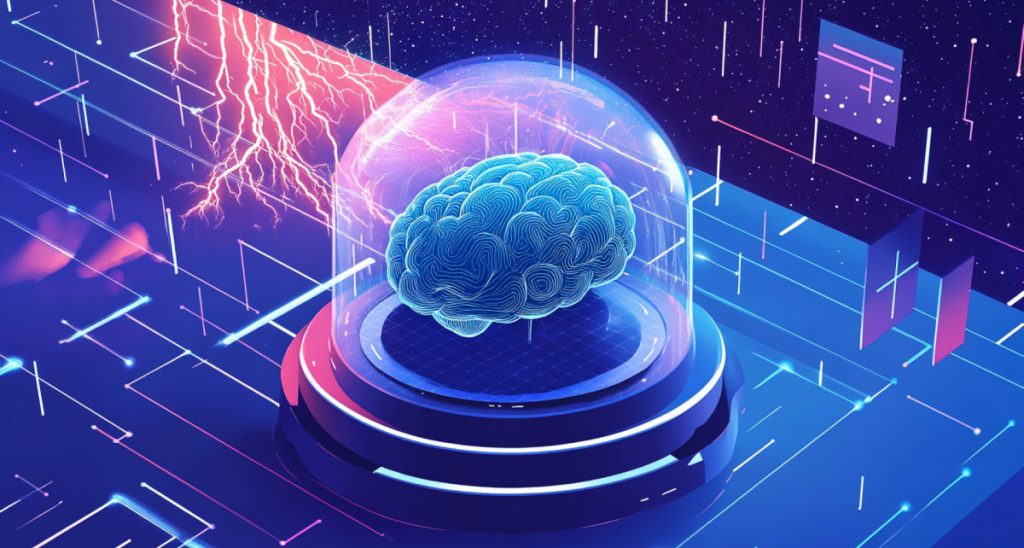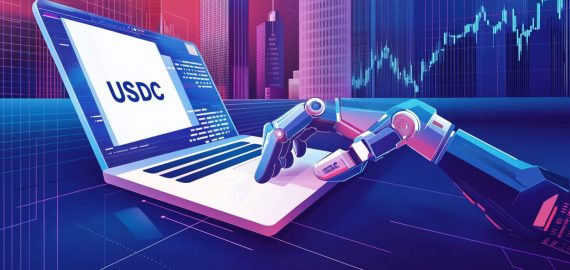AGI Is Coming, But How Soon?


In Brief
AGI remains a debated concept without consensus on its definition or timeline, but recent advances in AI models demonstrate progress toward more general, capable systems, suggesting that the true AGI may arrive sooner than many expect.

AGI is everywhere. Some say it’s five years away, others call it a fantasy. Most people can’t even agree on what it means. Still, the question lingers: how close are we really?
The answer depends on how you define it. To some, AGI is a system that can do anything a human can do. To others, it’s just a model that can solve a broad set of problems without needing retraining.
Either way, something has changed. Previously, AI was just writing emails and drawing pictures. But now, it’s reasoning, planning, and using tools by itself. That shift is why so many people are starting to take AGI more seriously than ever before.
Where We Are Right Now
The AI models we have today aren’t AGI, but they’re getting closer to something that looks like it. At least in some ways.
Models like GPT-4, Claude 3, and Gemini 1.5 can hold long conversations, follow complex instructions, and use external tools like browsers or Python sandboxes. Some can even reflect on their own outputs or revise earlier steps, a primitive form of planning or self-correction.
In tests, these systems now outperform most humans on bar exams, math olympiads, and SATs. They still struggle with consistency, abstract reasoning, and physical interaction. But their capabilities are growing fast, especially in reasoning, memory, and tool use.
OpenAI’s Sam Altman has called GPT-4 a “mildly embarrassing” step toward something far more powerful. Anthropic claims Claude 3 is approaching “early graduate student” levels in some areas. DeepMind, Meta, and xAI are all working on new models they believe could be game-changing.
So, we don’t have AGI today. But we’re not in the same place we were even 18 months ago.
The Different Possible Paths to AGI
Barely anyone can even agree on what AGI is. There’s no single roadmap to AGI. But most of the debate breaks down into three broad scenarios:
More of the Same
Some experts believe we’ll get to AGI by simply scaling up current models, making them bigger, faster, and trained on better data. The idea is that we’re already on the right path, and it’s just a matter of time (and compute). This is often called the “scaling hypothesis.” People like Ilya Sutskever and others at OpenAI have expressed cautious belief in this approach.
Smarter Architecture
Others think we’ll need entirely new model designs. Maybe something that mimics how humans reason, plan, or learn over time. This could mean hybrid systems that mix deep learning with symbolic reasoning, memory modules, or decision trees. Think of it as teaching models to “think” instead of just predict.
Multi-Agent Systems or Tool-Use
Some argue AGI won’t be a single model at all, but a network of AIs that collaborate, reason, and act together, maybe across different platforms, each with its own specialization. Others think the key is giving models access to tools like search engines, calculators, or robotics, letting them extend their abilities beyond text prediction.
Each path has trade-offs. Scaling is simple but runs into hardware and data limits. New architectures might work better but are unproven. And multi-agent systems raise new questions about coordination and control.
How Close Are We Currently?
We’re closer than ever, but still not quite there. Today’s top models like GPT-4o, Claude 3, Gemini 1.5, and LLaMA 3 are more capable, multimodal, and generally useful than anything before them. They can write code, pass difficult exams, solve reasoning puzzles, and hold long conversations. But they’re still missing key traits we’d expect from something truly “general.”
- They don’t really understand the world. They can sound smart, but often hallucinate facts or fail simple logic tests. That’s because they work by predicting patterns in data, not by building a real model of the world.
- They struggle with long-term memory and planning. Most current AI models operate moment-to-moment. They can’t set goals, reflect deeply, or reliably work on tasks that take days or weeks.
- They’re inconsistent. Ask the same model the same question twice, and you might get two very different answers. That’s not how reliable intelligence should behave.
- They lack agency. A human can notice a problem, come up with a plan, and act on it. AI still waits for prompts. It doesn’t act unless we tell it to.
That said, the gap is shrinking. These models are improving in reasoning, memory, and tool-use. Some can now run simulations, learn from feedback, and self-correct. Those are abilities that were once thought to be years away.
So we’re in a strange in-between moment. AI is clearly powerful and becoming more useful by the month. But no one believes we’ve actually cracked AGI just yet.
Where Do We Go From Here?
If we keep moving at this pace, the question is simply how and when we’ll reach AGI. As Sam Altman put it, “We may not even know what AGI looks like until we’re already using it.”
That uncertainty is what makes this moment both exciting and dangerous. We could be one paper away from a breakthrough, or decades off, chasing dead ends. As Yann LeCun (Meta’s chief AI scientist) points out, current models are still missing “a basic understanding of how the world works.” Meanwhile, Demis Hassabis (DeepMind CEO) says we’re “getting close to something very powerful,” but it will require responsibility, cooperation, and time.
So how close are we? No one can say for sure. But if progress holds, AGI may not be a sci-fi concept for that much longer.
Closer Than We Think?
AGI isn’t here yet. But something is clearly shifting. The systems we’re building today can already do things that were unthinkable even just a year ago, from coding full apps to generating movie scripts to guiding scientific research.
Yoshua Bengio, a Turing Award winner, warned that current AI models are already showing “emergent properties” that researchers didn’t anticipate. Anthropic’s co-founders have written about “sharp left turns”, the idea that future models could suddenly gain unexpected capabilities during training. And OpenAI board member Helen Toner said it plainly: “We don’t know how fast things are moving.
Some experts still say we’re decades away. Others think we’re one surprise away from the tipping point. No one knows for sure. But one thing is becoming clear: the question is no longer if AGI is possible, it’s how prepared are we for when it arrives?
Because whether AGI changes everything, or quietly slips into the tools we use, the choices we make now will shape how it impacts the world.
Disclaimer
In line with the Trust Project guidelines, please note that the information provided on this page is not intended to be and should not be interpreted as legal, tax, investment, financial, or any other form of advice. It is important to only invest what you can afford to lose and to seek independent financial advice if you have any doubts. For further information, we suggest referring to the terms and conditions as well as the help and support pages provided by the issuer or advertiser. MetaversePost is committed to accurate, unbiased reporting, but market conditions are subject to change without notice.
About The Author
Alisa, a dedicated journalist at the MPost, specializes in cryptocurrency, zero-knowledge proofs, investments, and the expansive realm of Web3. With a keen eye for emerging trends and technologies, she delivers comprehensive coverage to inform and engage readers in the ever-evolving landscape of digital finance.
More articles

Alisa, a dedicated journalist at the MPost, specializes in cryptocurrency, zero-knowledge proofs, investments, and the expansive realm of Web3. With a keen eye for emerging trends and technologies, she delivers comprehensive coverage to inform and engage readers in the ever-evolving landscape of digital finance.


















































